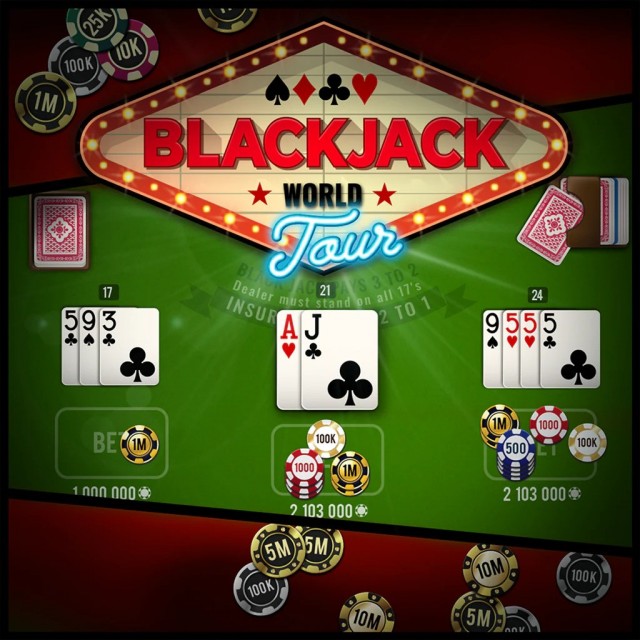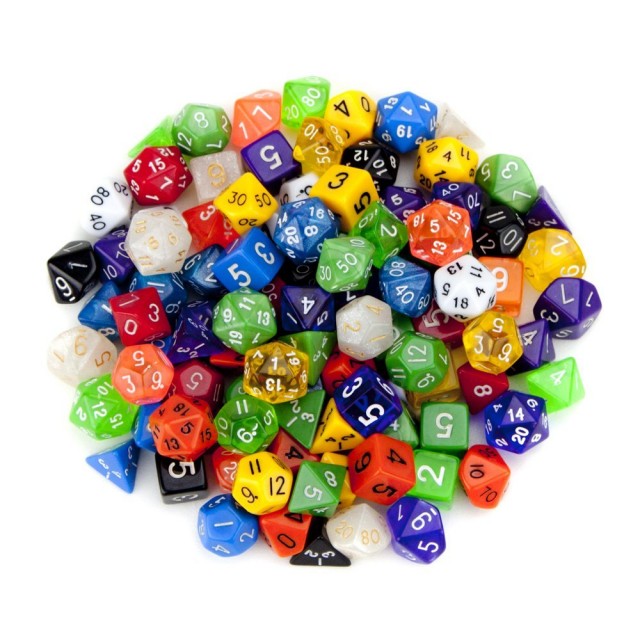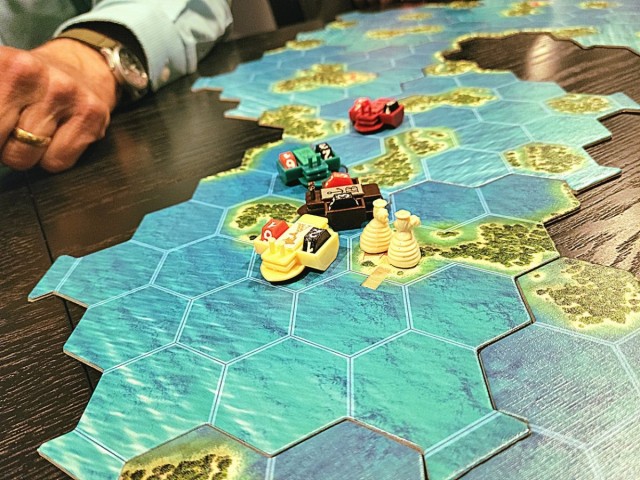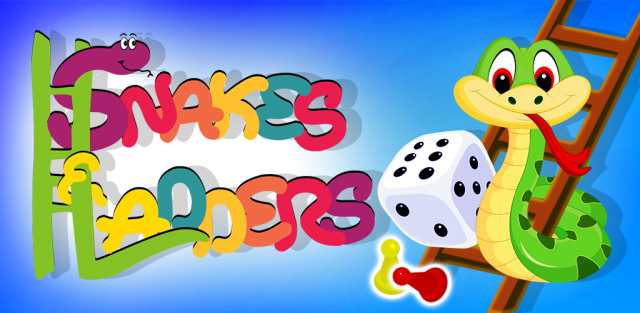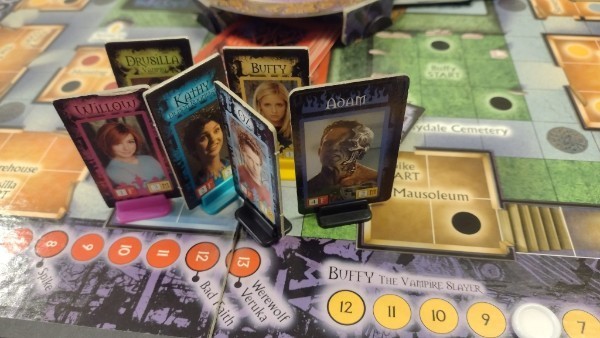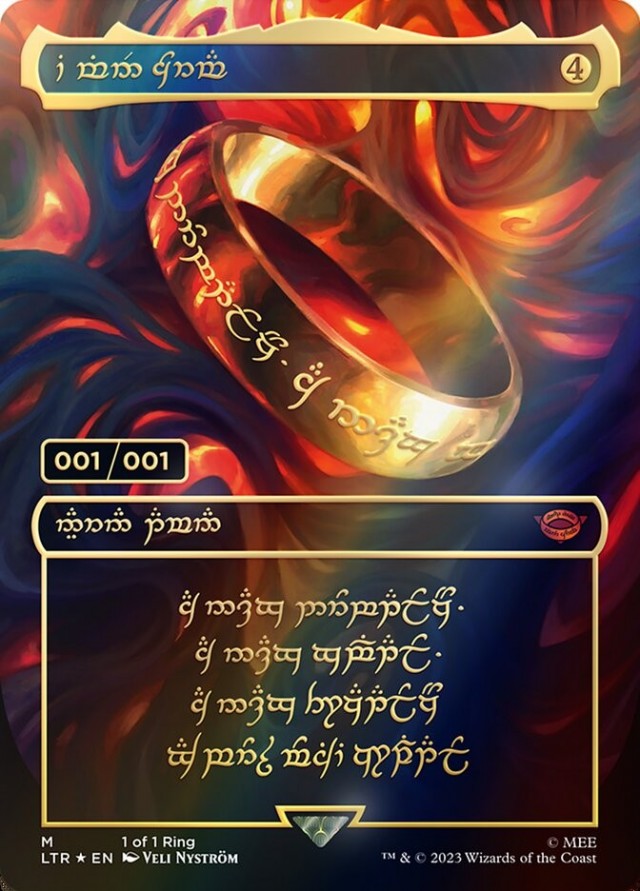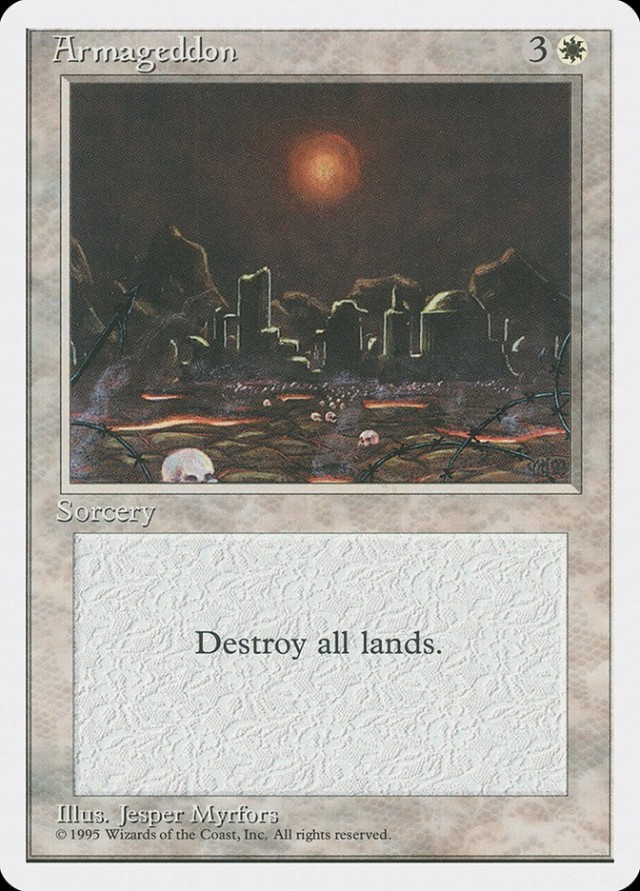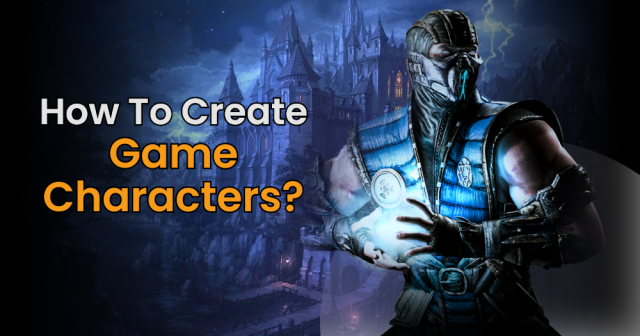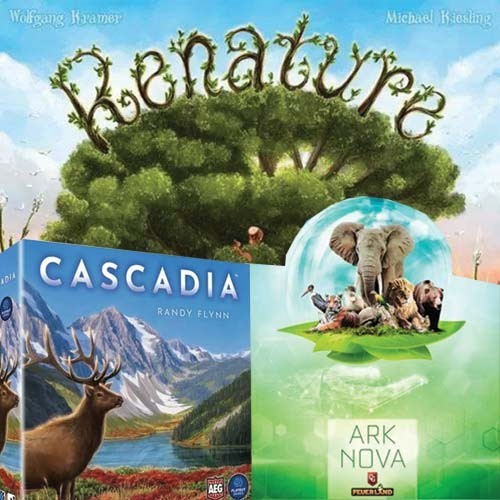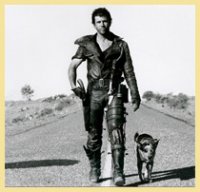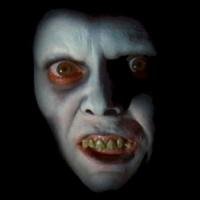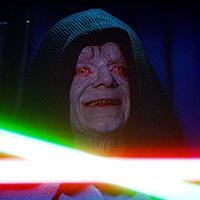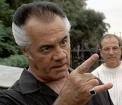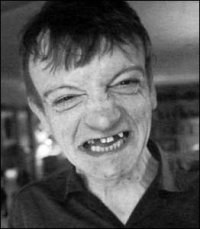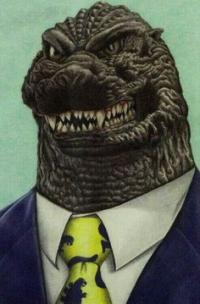Nicholas Cage is...good again?
There is a moment near the end of Panos Cosmatos's Mandy where Nicholas Cage, crowning one of his career-best and most unhinged performances, looks more or less directly into the camera and therefore at the audience. He's wild-eyed, his face matted with blood, grime, vodka, cocaine, and who knows what else. He smiles but it ain't a happy one. You can't help but laugh - it's almost like he's asking "can you believe we just went through this shit?"
At that point in the film's almost two hour run time, you might very well be looking back at Nic on the screen and thinking the same thing. In the buildup to that moment, you will have witnessed a chainsaw fight, the forging of a battle axe, the heckling of a nude would-be messiah, animated interludes, an immolation, some kind of Satanic ocarina, pornography, Bill Duke, a giant wasp that dispenses hallucinogens, a King Crimson song, more red lens filters than you may have though previously imaginable and a critter called a Cheddar Goblin that I'm sure will be a Funko Pop in about fifteen minutes.
Mandy is the kind of film that invites hyperbole when it is discussed because it completely commits to an over the top, hyper-pulp concept. It's a fearless film, the kind we have far too few of these days. It doesn't just take risks- it doesn't care when they don't pan out and just barrels on through to the next do-or-die moment. It never goes off the rails though because there weren't any rails to begin with. But when you get past all of the extremely stylized photography (which is amazing) and the hypnotically oppressive Johan Johannson score that sits like a fat vulture over every frame of this picture, what you are watching is really just an old fashioned revenge story. Despite the violence, the psychedelia that pervades almost every image and sound in the film and the cryptic non-sequiturs that play like a Lynch more interested in Black Sabbath than noir jazz, the film isn't as difficult or fussy as it might seem.
It's easy to point at source materials. Mandy is a cocktail of The Virgin Spring (or Last House on the Left, if you prefer), Straw Dogs, I Spit on Your Grave, and maybe even biker exploitation movies like Satan's Sadists. There's some reference to Charles Manson, particularly in the Jeremiah Sand character- a failed folk singer turned cult leader. The aesthetics of heavy metal and trash fantasy also come into play- witness how Cage's character Red Miller has to obtain a "magical weapon" from a "sage" at one point in the story.
Before it becomes an insane quest for vengeance the first half of this film (written by Mr. Cosmatos with Aaron Stewart-Ann) is a slow-burn tonal story, building up Red's relationship with Mandy, living an isolated life in California's Shadow Mountains. But once the Children of the New Dawn enter in the story- and they summon a gang of vague, possibly demonic bikers called the Black Skulls, the script puts Red in the hunt for those that have wronged him and the much-noted grisly violence hits full swing. It's gruesome stuff but some of it is so pointedly transgressive that you can't help but laugh at it. With that said, I don't think there's a single scene as noxious or repellent as something like that scene from Bone Tomahawk, for example. If you've watched many horror films with a reputation for extreme gore, some of the extremity here might actually come across as fairly tame.
What isn't tame- and in fact what makes Mandy a good film- is that there is a genuine emotional center to what goes on. Mandy and Red's relationship is tender and genuine, loving and sincere. There is a sense of mutual need and comfort in their rural cocoon. Mandy, played by British actress Andrea Riseboroguh exudes a specific kind of almost intangible allure. She's not the manic pixie dream girl- more like the quiet literate doomed girl probably every goth, metalhead, punk, or whatever has fallen for at least once in their lives. When their world is invaded by the Children of the New Dawn, it feels honestly transgressive and tragic, which leads to the film's most shocking and poignant scene. It's a particularly disarming, almost intimate piece that maybe only Nicholas Cage could have pulled off in his tube socks, alone in a bathroom and disintegrating.
There's a lot to love about this film. I'm particularly in love with how the Black Skulls are handled. They are almost as successful as the Cenobites originally were- malicious and vile, but with so many question marks around their very existence. I love the film's willingness to be artful and lowbrow, often both at the same time. I love how the entire experience is enveloping and consumptive. It's best viewed late at night, alone, in the dark.
Mandy's cult status is all but assured- this is one that will be remembered and talked about by genre fans for years to come. I like the movie quite a lot, and I am very pleased that Mr. Cosmatos has recaptured a very fine element that I also loved about his grossly underrated 2010 film Beyond the Black Rainbow, which he financed chiefly through residual royalties from Tombstone, directed by his father. When I talk about that movie to folks who haven't seen it, I describe as that mythic, apocryphal movie that you always imagined was on one of those tapes at the video rental place that came in those giant boxes with lurid illustrations or photos on them. Both that film and Mandy are films steeped in a haunting, half-remembered but reconstructed atmosphere that feels like 1982 or 1983, filtered through menacing scan lines and throbbing with dark synths.
4 Stars
 Games
Games How to resolve AdBlock issue?
How to resolve AdBlock issue? 
